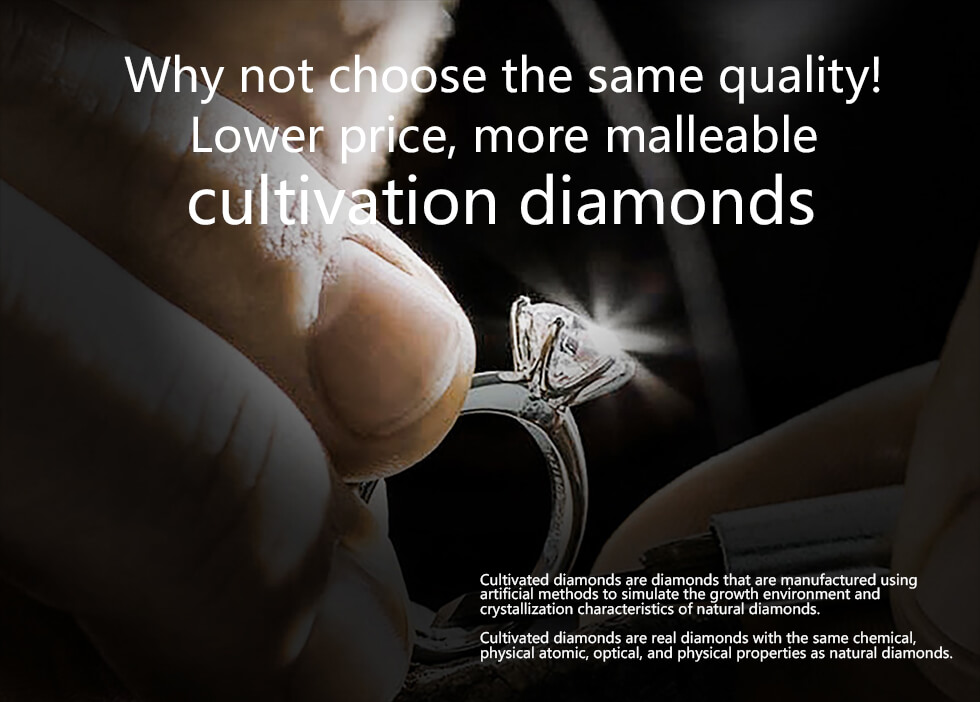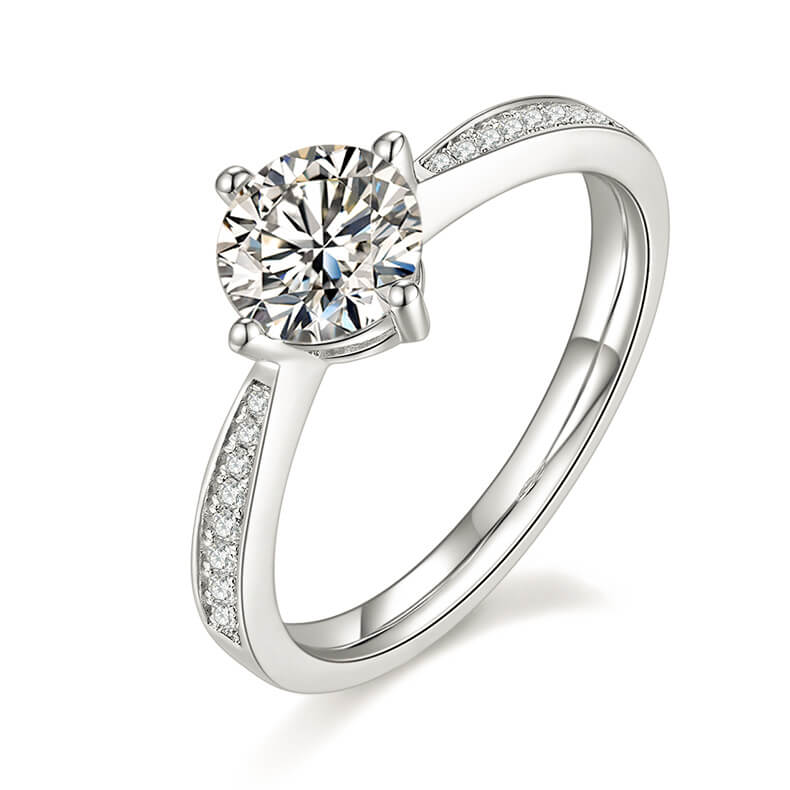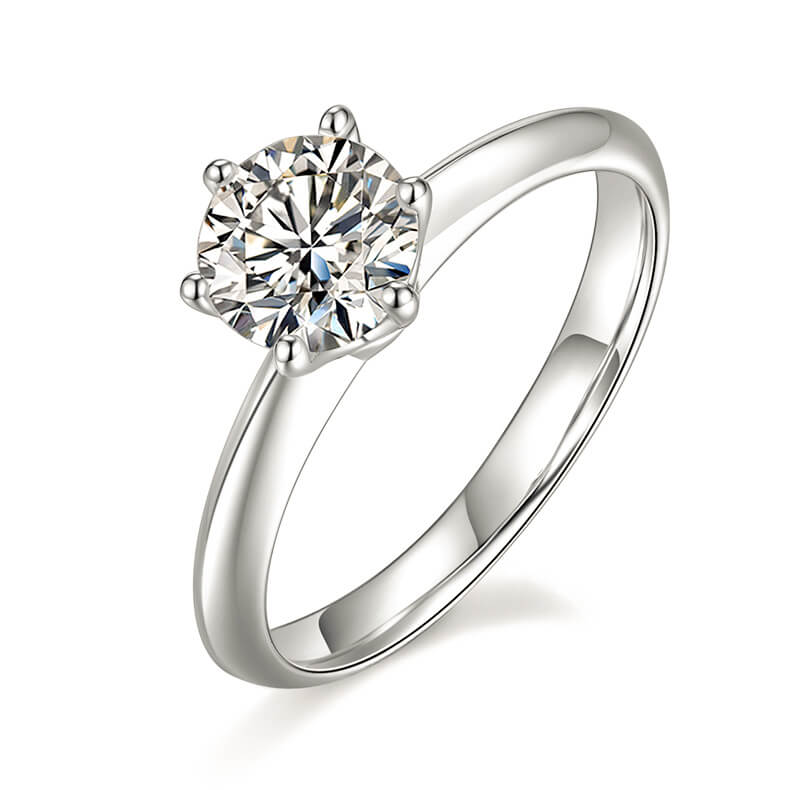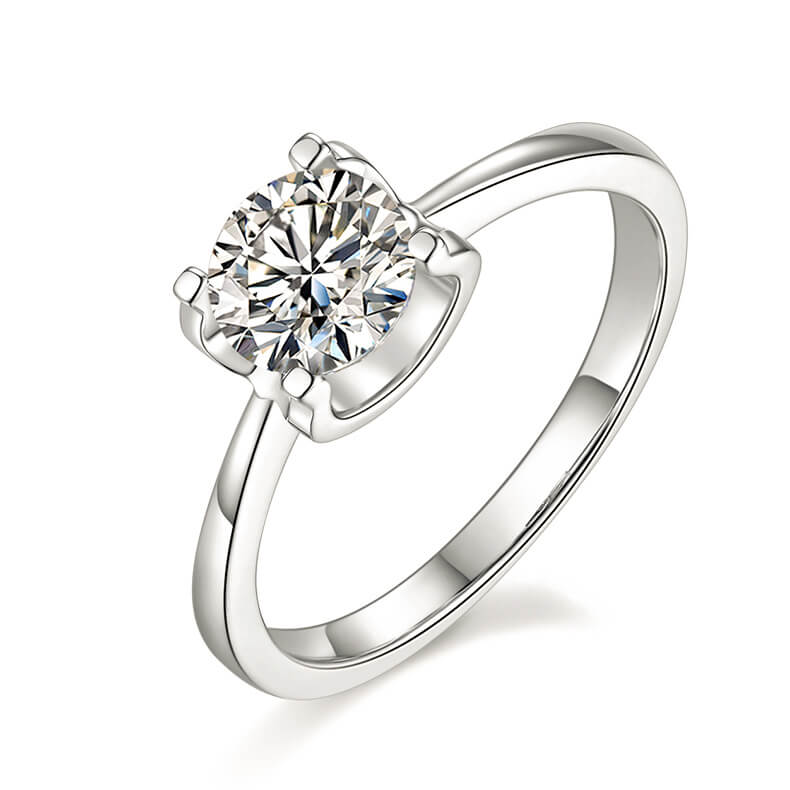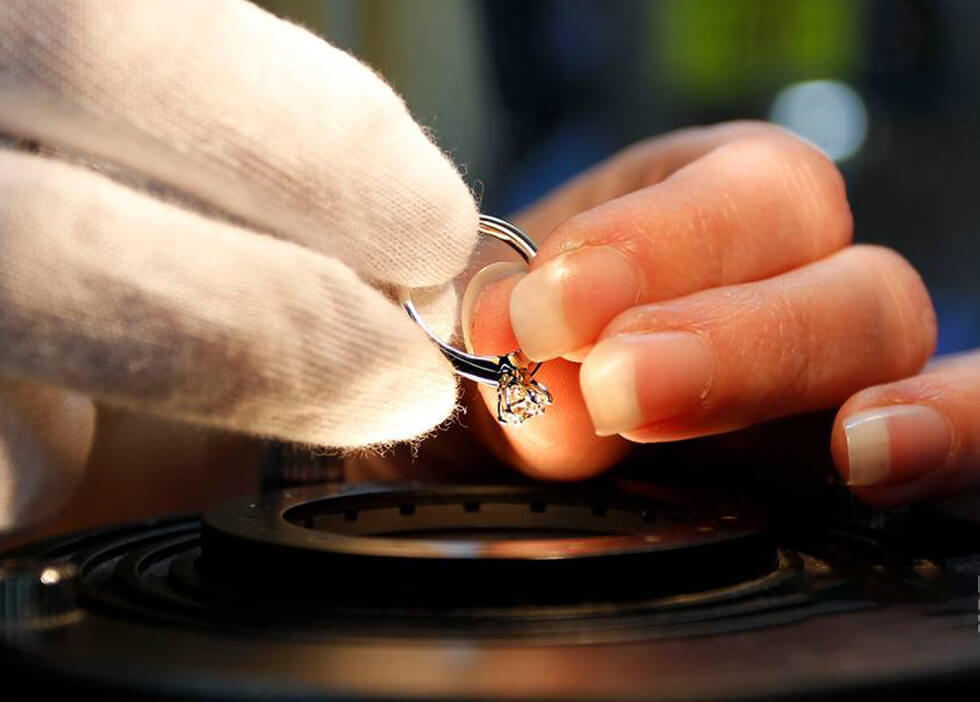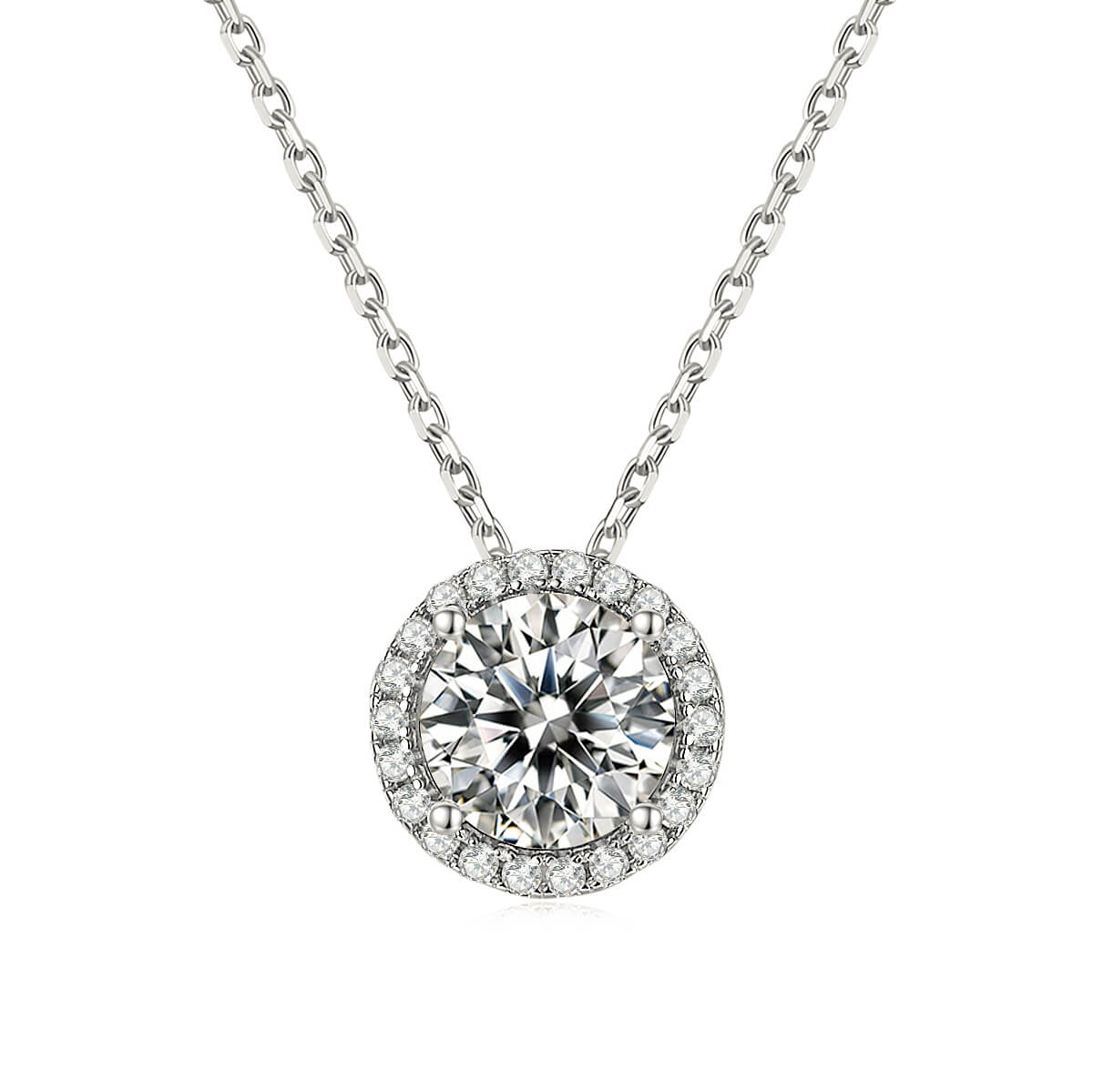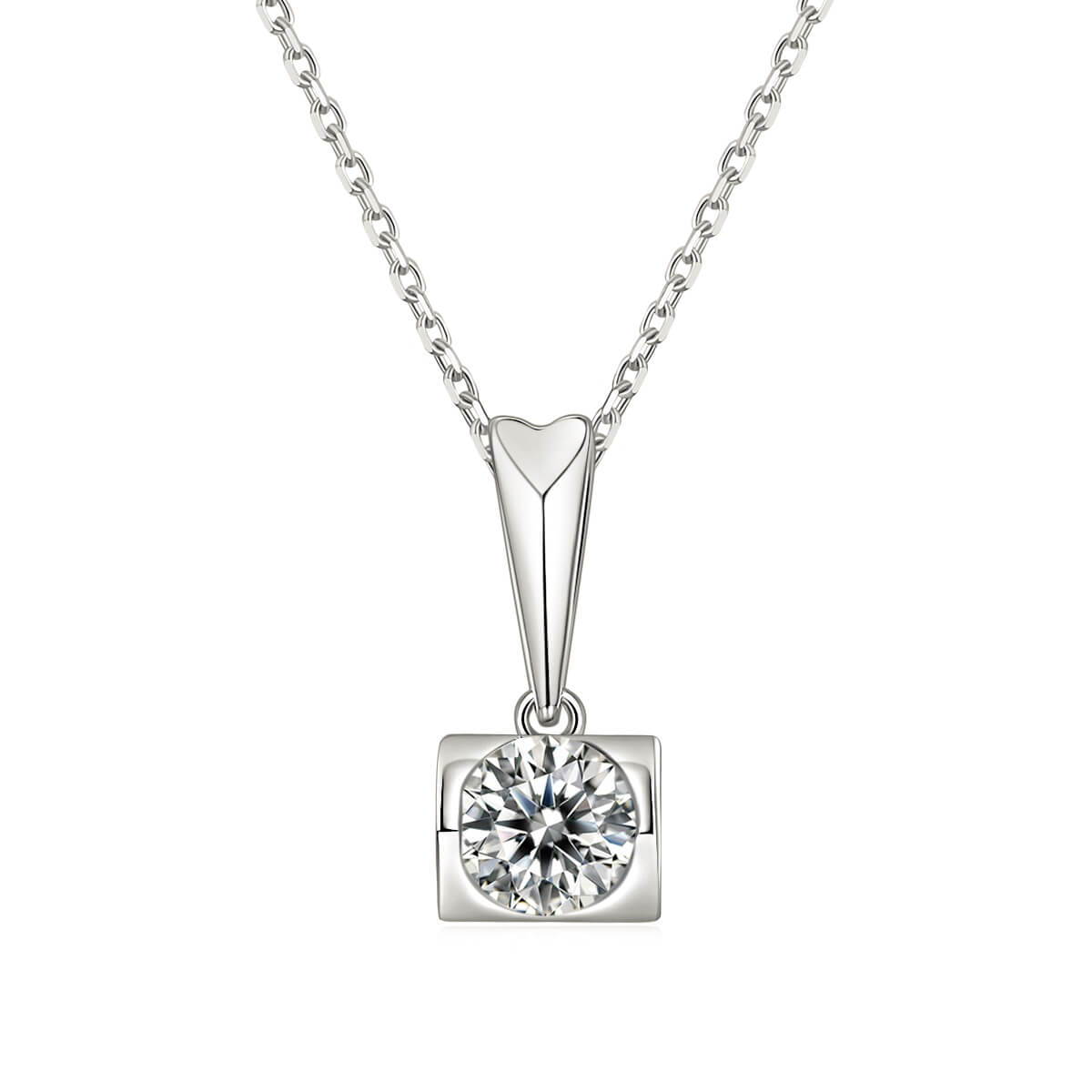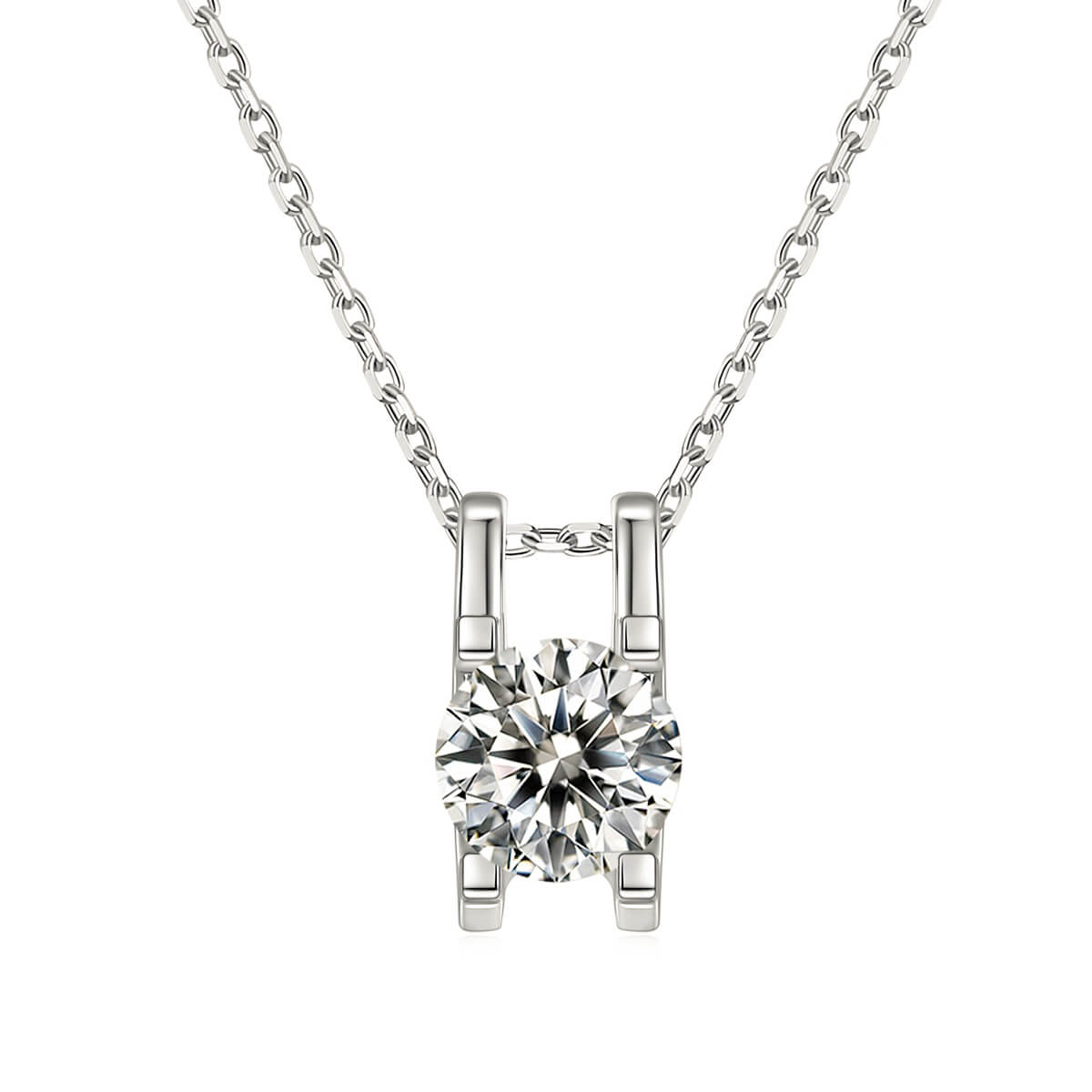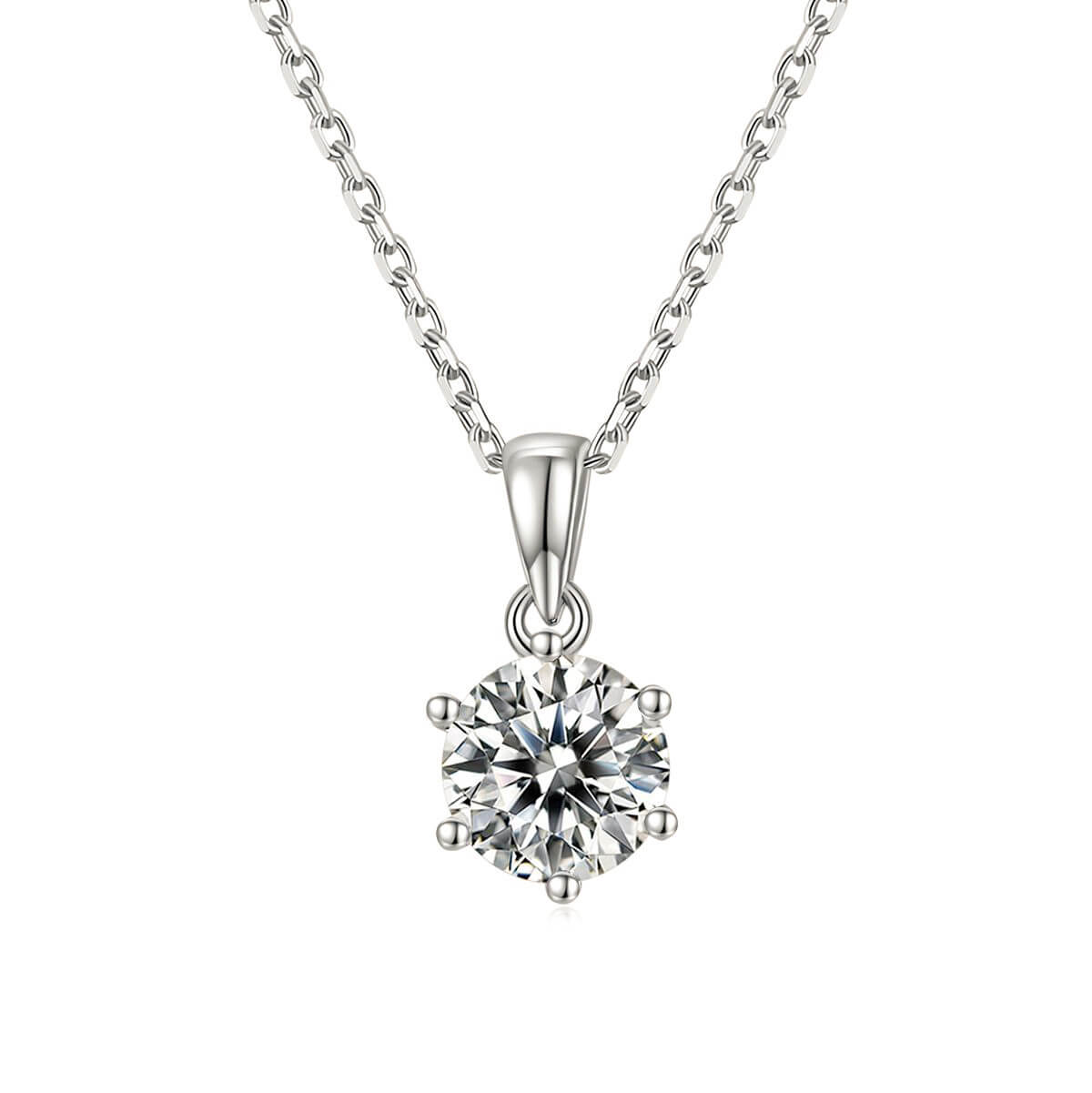What Are Lab-Grown Diamonds?
Lab grown diamonds, which are both aesthetically and structurally indistinguishable from their mined equivalents, are crafted by experts in a controlled laboratory setting. These man-made gems offer the same opulent appeal as traditional diamonds but are more accessible, catering to a variety of budgets and lifestyles. Additionally, lab-grown diamonds can provide greater carat sizes at a fraction of the cost.
Visual Appearance
To the unaided eye, synthetic diamonds bear the same sparkle and clarity as earth-extracted diamonds, making them visually comparable.
Chemical Composition
These diamonds are genuine carbon crystals, not mere imitations, and are synthesized from raw crystal forms over a period of 2–4 weeks.
Physical Characteristics
Specialized equipment is necessary to differentiate between lab-created and naturally occurring diamonds due to their identical physical properties.
Why Choose Lab grown Diamonds?
The introduction of synthetic diamonds into your inventory can boost diamond transactions and present shoppers with fresh choices suited to their individual preferences. Data from The MVEye, a market research and strategic consulting firm that focuses on our sector, indicates a steady growth in consumer awareness and understanding of lab-grown diamonds. With Kenturay’s expansive collection of lab-created diamonds in diverse cuts, sizes, and grades, you’re equipped to satisfy your customers’ needs, ensuring a robust and successful sale. Discover our complete range of synthetic diamonds, available both certified and uncertified. Each has been thoroughly assessed and quality-checked, guaranteeing your clients’ confidence in every purchase.
Lab-grown Diamond Production Techniques
Lab-grown diamond producers use precisely regulated environments to fabricate diamonds employing either High Pressure High Temperature (HPHT) or Chemical Vapor Deposition (CVD) methods.
In the HPHT technique, a carbon seed is placed within a special chamber and subjected to temperatures of 2,700–3,100 degrees Fahrenheit and pressures of around 725,000 pounds per square inch. This simulates the environment in the Earth’s mantle where natural diamonds form. The length of time the seed stays under these conditions varies.
For CVD, diamond seeds are positioned inside a reactor into which methane gas is introduced. This gas is excited with microwaves, causing it to decompose into active carbon atoms. These atoms then deposit onto the diamond seeds, gradually building up layers and increasing the diamond size.
Both HPHT and CVD processes can create Type IIa colorless lab-grown diamonds, which are among the purest and most valuable natural diamonds, and they can be modified to craft colored synthetic diamonds as well.
Evaluating Lab-Grown Diamonds with The Four Cs
Diamonds are valued using the Four Cs: Cut, Color, Clarity, and Carat Weight, which are critical in assessing both natural and synthetic diamonds.
1. Cut
The cut doesn’t just refer to the diamond’s shape; it includes the proportions and finish of the diamond. A well-cut diamond will have precise facet sizes and placements, enhancing its ability to catch and reflect light.
2. Color
A diamond’s color impacts its value—with clear or colorless diamonds generally being the most prized, except for when it concerns fancy colors. The scale ranges from D (colorless) to Z (light yellow or brown).
3. Clarity
Visibility of flaws, either on the surface or internally known as inclusions, affects a diamond’s clarity. These imperfections, even ones only seen under magnification, can change the gem’s look and value. Flawless, Internally Flawless, Very Very Slightly Included, Very Slightly Included, Slightly Included, and Included are the categories in the clarity scale.
4. Carat
The carat is the unit of weight for diamonds, with one carat being equal to 0.2 grams. Diamonds are also measured in points, with one carat being 100 points. Larger diamonds are rarer and, consequently, have a higher per carat price, so a diamond’s cost increases exponentially with its size.
